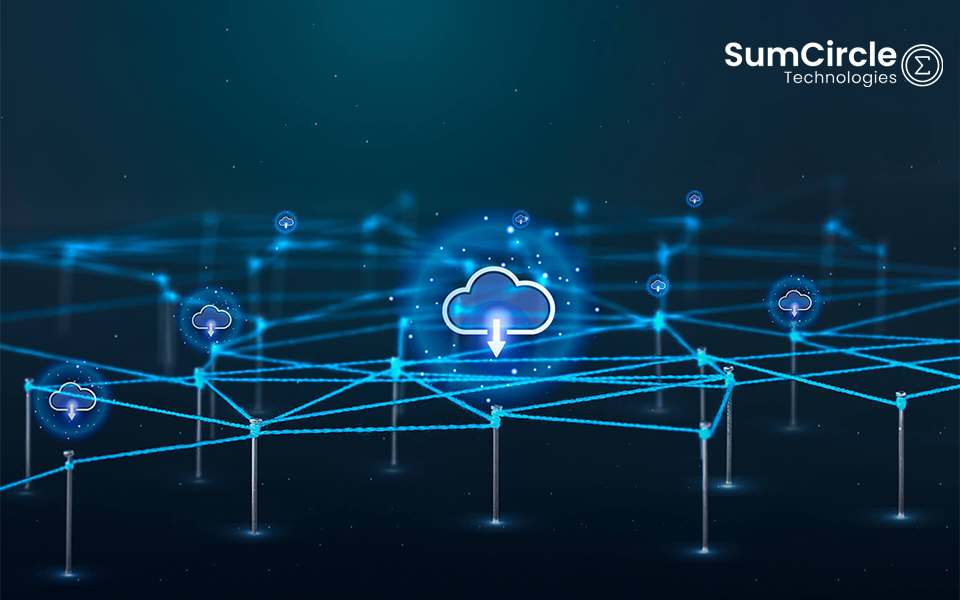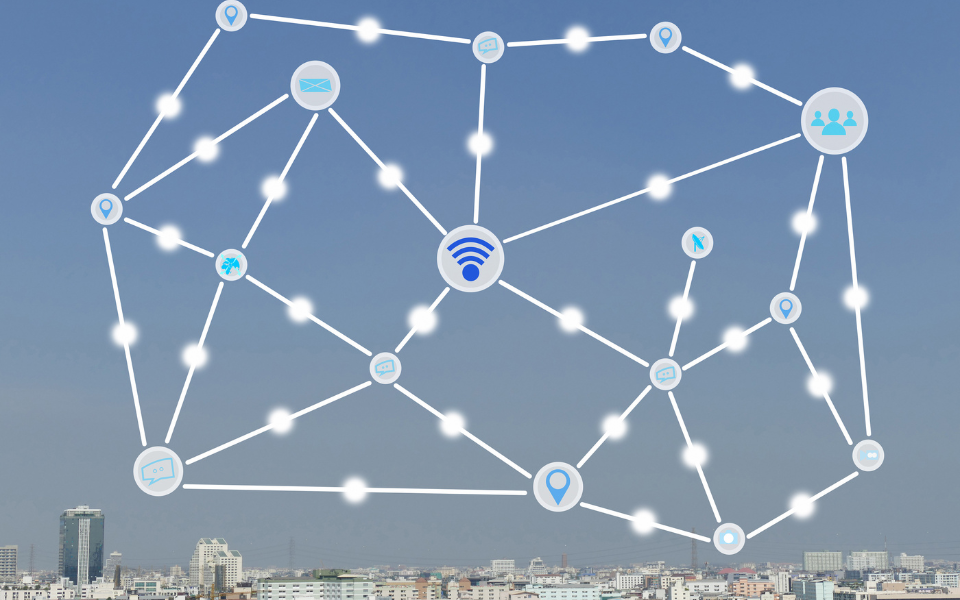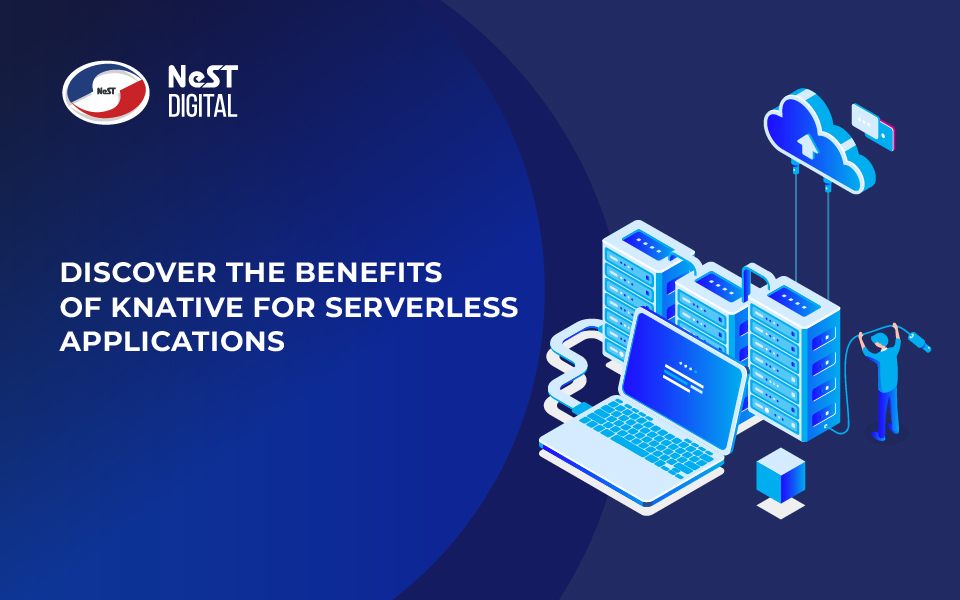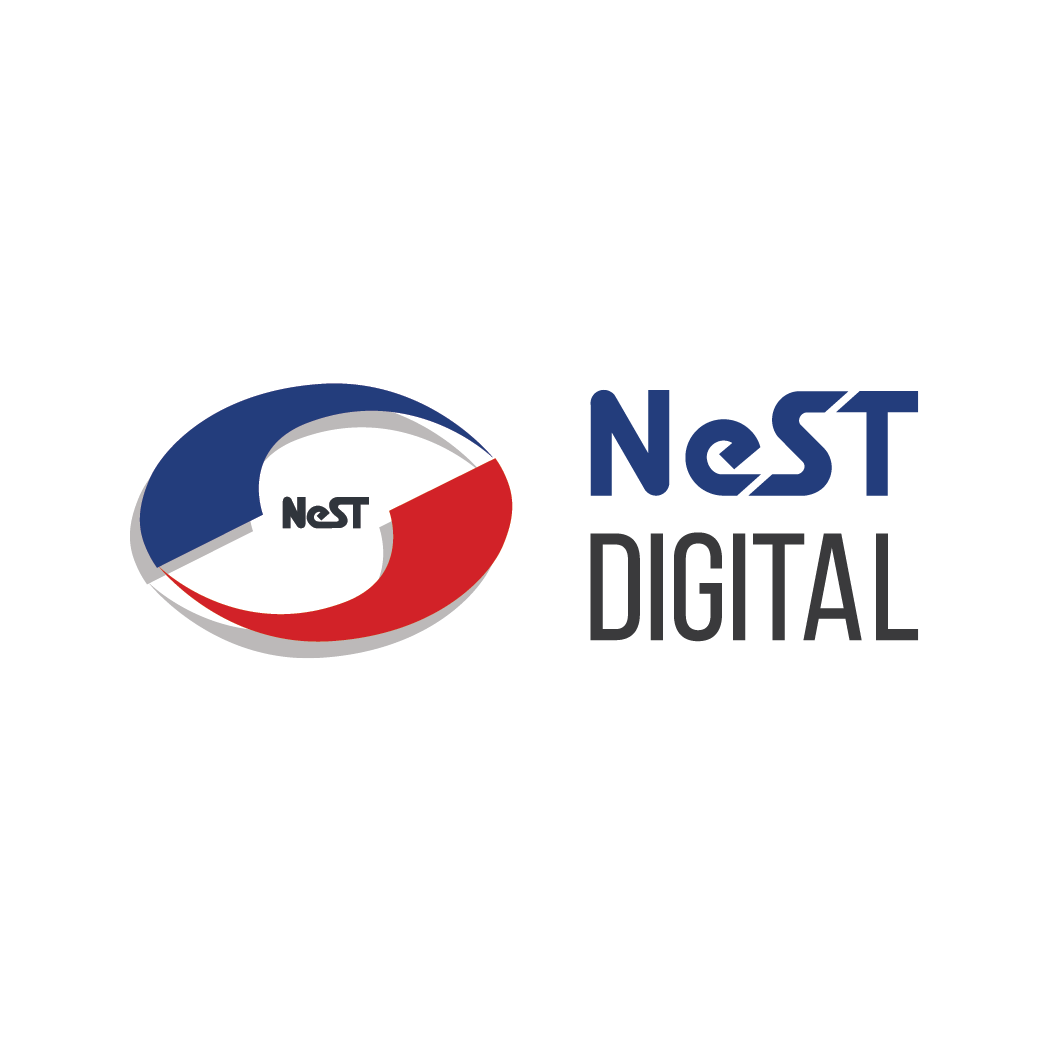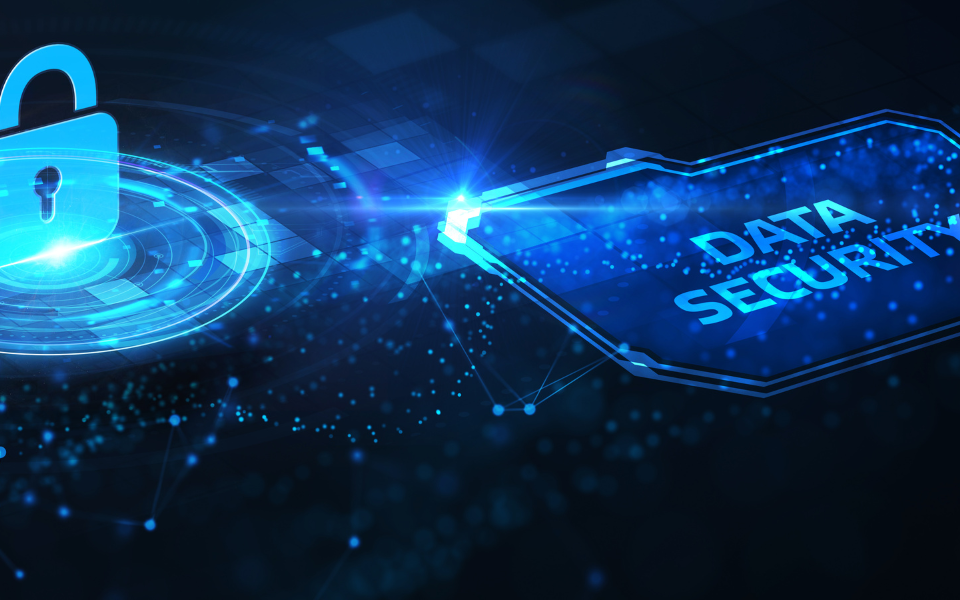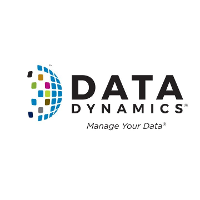With cloud computing as a relatively new technology, it presents organizations globally with the ability to enhance operational opportunities, flexibility, and storage. While for the entities that do not belong to the categories above, the data protection issues can be rather unproblematic, the stakes are much higher for the entities functioning in the potential hot zones. As major investments in technology continue and relations in such volatile areas deteriorate, cloud solutions are a lifeline as it provide adequate security for data and efficient working, protecting data from physical and cyber-attacks. In organizations setting their businesses in conflict regions, it is crucial to learn about cybersecurity in cloud computing, data protection methods, primary security tools, and problems connected with this area.
Why Cloud Computing is Essential in Conflict Zones
The setting is characterized by unstable conditions, and organizations running it cut across humanitarian agencies, government departments, Governmental organizations, and multinational companies; their data is prone to attacks emanating from physical attacks on the infrastructure and cyber attacks from state and non-state actors. For these entities, the cloud offers several benefits:
1. Remote Data Storage: Cloud providers work from remote locations, meaning organizations can keep their data secure in a location separate from their facility in case of an internal attack.
2. Enhanced Data Availability: Information stored in the cloud could be easily retrieved by anyone with Vpn, thus helping the organization work with regional and international teams.
3. Scalability and Flexibility: This characteristic makes Cloud structures particularly effective for operational process environments, which may leap from requiring more resources to requiring less or vice versa frequently or during crises.
Nonetheless, the cloud’s accessibility is precisely the source of several monumental worries concerning information security. Data security strategies for conflict regions must thus gear their cybersecurity strategies to the virtual and physical worlds.
Key Challenges for Cloud Security in Conflict Zones
1. Increased Cyber Threats
-Military operations and territories become the epicentre of a cyber attack by a state actor, hacktivist group or a cyber criminal seeking to weaken and appropriate information from the mantled organization. For example, NGOs this is involved in politically sensitive issues may be attacked by some actors who want to subvert the work of NGOs.
Moreover, organizations can also suffer from Internal threats because the adversaries can pressure or motivate the local staff.
2. Inconsistent Internet and Power Systems
Depending on cloud services require this to be done at internet and power, which is often not available in conflict zones. Disruptions make it impossible for organizations to access their data for some time or even make secure communications.
Intermittent access results in the accumulation of information in caches based on nearby facilities, which can be quickly seized or stolen during physical attacks on facilities.
3. Based on its survey responses of 1075 local firms, Rugman and Verbeke found that legal and regulatory uncertainty was the most cited factor hindering international business activities in Central and Eastern Europe.
Conflict regions may not adhere to formal policies or have policies that are not completely clear to aid organizations in implementing the HPIs of data protection in the accessibility, collection, and dissemination of international data. Organizations must operate in environments that provide diverse legal cover and can be intrusive by the government.
Cybersecurity Best Practices for Cloud Protection in Conflict Zones
Preserving cloud-stored information in war and conflict areas requires a high-level security model that establishes significant cloud security measures, duplicate data, and backup plans. Here are key best practices:
1. Data Encryption
- Encryption at Rest and in Transit: It has been established that data has to be encrypted both when it is stored and when it is being transferred. Cloud-stored information should be protected by encryption, from end to end, so that even if the data is breached, it cannot be accessed. In this way, data is protected regardless of crossing a network or being kept on a distant server.
- Zero Trust Architecture: The use of identity and Device Assurance that starts with a zero baseline where every user and device request is verified before being granted access to data can successfully protect against read access if an attacker gains the password.
2. Some of the sub-topics include Access Control and Authentication.
- Multi-Factor Authentication (MFA): MFA supplements the existing safeguard, meaning that users cannot log into a system simply with a password. This is especially helpful in conflict areas since some local employees may be pressured into influencing the organization’s agenda.
- Role-Based Access Control (RBAC): Appointing RBAC restricts the access to data as much as possible according to the practices of the role thus making it hard for the wrong individuals to access specific data.
- Least Privilege Access: Restricting rights to just the essentials lowers risk and minimizes the surface area for which an insider attack may take place.
3. Data Redundancy and Backups
- Multiple Geographic Regions: To increase accessibility, data is replicated and stored in different geographic locations because if a center in the region is somehow breached, all the data will not be lost.
- Regular Backups: Copies of data that can be produced on-demand minimize the effect of cyber-attacks or physical destruction on an organization’s data. These backups should be stored in very secure, preferably in different continents or at least different countries.
4. VPNs and Secure Access Service Edge (SASE)
- VPNs for Secure Connections: Connecting through a VPN is important as all the data traffic between the cloud and the client machines is protected from snooping in. VPNs are beneficial when one is using unreliable or other people’s networks.
- SASE for Enhanced Security: SASE combines cloud security and networking to provide better access in remote or decentralized locations. It offers protection irrespective of the user's physical location, and this makes it suitable for areas of high risk.
Leveraging Cloud Provider Security Tools and Services
Major cloud providers like AWS, Microsoft Azure, and Google Cloud offer robust security features that can significantly enhance data protection in conflict zones. Here are a few critical tools and services they provide:
1. Data Loss Prevention (DLP): By employing DLP tools organizations can keep track of such information and ensure it is not shared with third parties, or leaked; this is important to achieve because These tools can offer notification about processes that threaten the integrity of information.
2. Identity and Access Management (IAM): IAM services support organizations to gain control specifically on provisions of cloud services, and through well-drawn policies, organizations can be able to adopt roles-based access controls and principles of least privilege.
3. Advanced Encryption Services: Almost every cloud provider today has encryption automatically imposed on data stored in their services with the possibility of additional layers of encryption.
4. Automated Security Compliance: Cloud providers also have certain compliance structures or guards that align with international security measures. Such elements can assist organizations located in conflict states to meet specifications in data privacy and protection.
Conclusion
Operating in conflict zones demands heightened cybersecurity, and cloud computing offers a critical solution with remote data storage and real-time access. However, without robust security measures, the cloud can introduce serious risks. Obtaining a cloud computing certification is invaluable for professionals in these high-risk environments, equipping them with essential data encryption, access control, and disaster recovery skills tailored for these unique challenges. Certification ensures they can leverage cloud tools effectively to protect sensitive data, maintain continuity, and navigate the complexities of conflict zones with greater security and resilience.










